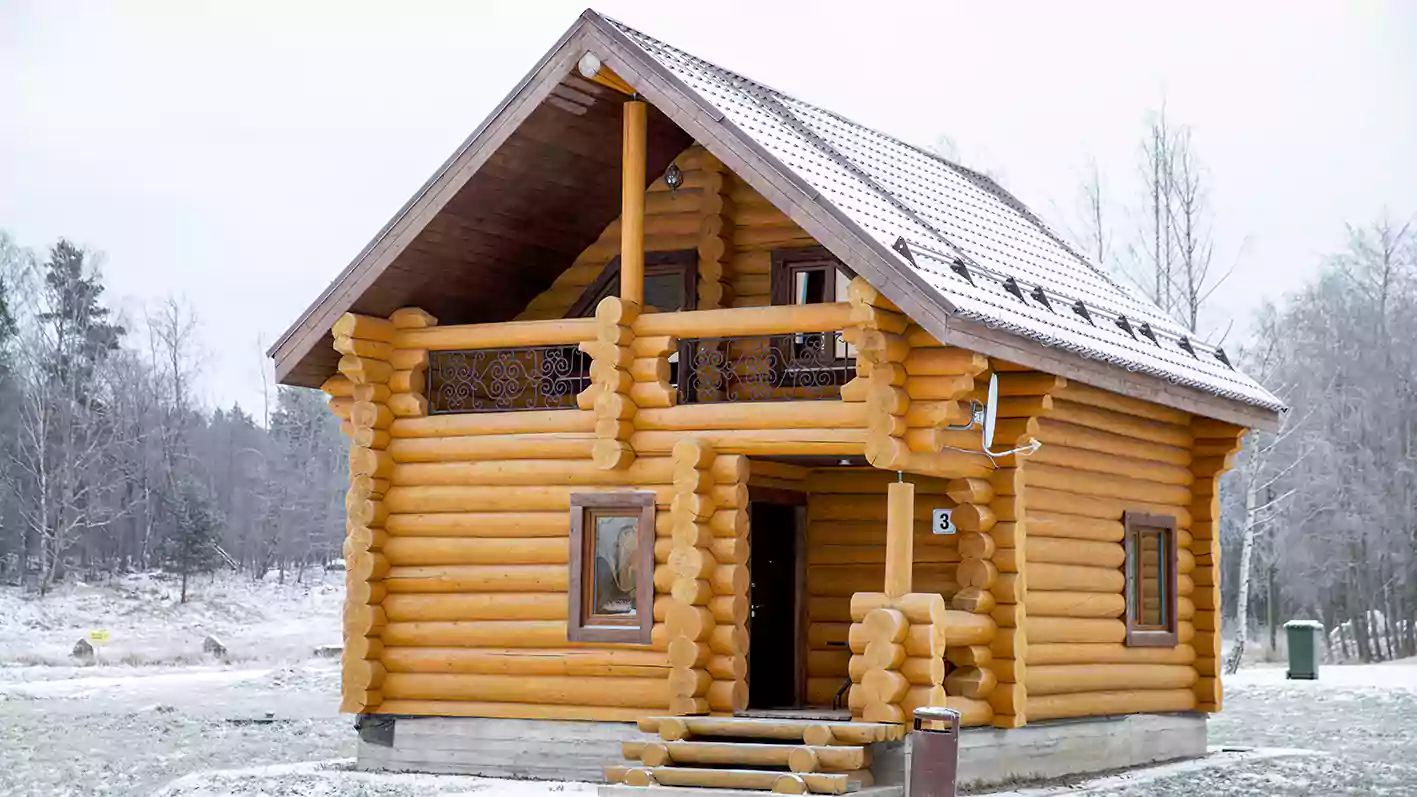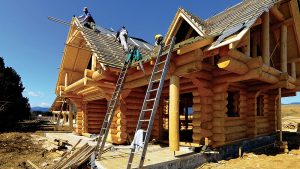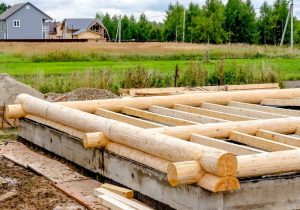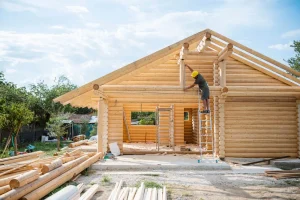For many, building a log cabin is a dream, offering the opportunity to create a comfortable, rustic retreat surrounded by nature. While building a house with hand-scraped lumber sounds simple and effortless, problems can often arise during the construction process, quickly turning a dream into an expensive and stressful undertaking. Whether you do it yourself or hire an expert, knowing the mistakes to avoid during construction can save you time, money, and stress. Here are the most common mistakes people make when building a log cabin. We’ll show you how to avoid them and ensure your home is as beautiful and sustainable as you desire.
Underbudgeting
One of the biggest mistakes people make when building a log cabin is not calculating the total cost. Many people think log cabins are cheap to build because they look old-fashioned, but that’s not always the case. You need to consider land costs, site preparation, permits, foundation work, utilities, materials, labor, and renovations. To avoid overspending, create a thorough budget before construction begins. Reserve 10% to 15% for unexpected costs, such as delays due to inclement weather, the need for additional materials, or design changes. Understand material prices in your area and talk to a builder who specializes in log cabins. Creating a reasonable budget will help you complete the project smoothly and without financial worries.
Choosing the Wrong Wood
The wood you choose can affect the overall strength, durability, and aesthetics of your log cabin. Using the wrong wood or insufficiently seasoned wood can cause it to rot, harbor insects, or shrink.
For best results, choose slow-growing, sturdy hardwoods like cedar, pine, or cypress. These trees are naturally resistant to rot and insects. Also, make sure the logs are dry and thoroughly cleaned before you begin building. Seasoned logs are less likely to crack and shrink over time. Take your time finding the right wood. It will pay off in the long run.
Not Paying Attention to Site Selection or Preparation
Even a well-built house can collapse if built in the wrong location. Poor drainage, uneven ground, or proximity to swampy areas can lead to moisture problems and structural weaknesses.
Before you begin building, hire a professional to assess your site. Check the slope, soil safety, sunlight exposure, and access to utilities. Proper site planning ensures your foundation stays strong, your log cabin stays dry, and your heating and cooling systems function properly year-round. Remember that building on a prepared site is easier and less expensive than dealing with water or foundation issues later.
Skipping Building Codes and Permits
Many DIY builders fail to obtain permits because they assume small or remote houses don’t need them. This mistake can be costly. If you don’t have the necessary permits, you might incur fines, have to demolish the building, or encounter challenges when trying to sell it later.
Before you begin building, consult your municipality or county building codes. Make sure your plans comply with planning and building regulations and that you are aware of the required permits for the type of building you intend to construct. This can take more time, but it will help ensure your log cabin is safe and legally compliant.
Inadequate Airflow and insulation.
Even if a log cabin has a high thermal mass, it doesn’t always mean it’s energy efficient. Many people forget to properly insulate or ventilate their homes, which can cause them to become too hot or too cold, resulting in high energy bills.
Provide protective barriers between the floor, roof, and log cabin. Environmentally friendly insulation can be created with materials such as wool or foam sealant. Good air circulation is also crucial. Install vents in the attic, kitchen, and bathroom to prevent mold growth, water retention, and heat loss. By planning ahead, you can keep your log cabin warm in the winter and cool in the summer without excessive use of heating or cooling systems.
Irregular Maintenance
Even the most beautiful log cabin needs regular maintenance. As a new homeowner, you might think logs don’t require maintenance, but wood is a living thing and changes shape and size over time.
Inspect your log cabin annually for cracks, insect infestations, and leaks. Clean the logs every few years and seal them with a high-quality paint or oil to protect them from UV rays.
Adjust the design based on the size of the house, the soil conditions, and the weather. Concrete blocks, crawl spaces, and foundations are all common options. Make sure the foundation is level and strong enough to support the weight of the house. Investing in a solid foundation from the start ensures your log cabin will be stable year-round.
Skip modern comforts and amenities
Log cabins may seem minimalist, but most owners still want basic amenities like running water, electricity, and internet. A common mistake is to plan the house first and then add amenities, which can be time-consuming and expensive.
Consider energy considerations from the beginning of the planning process. Think about the location of the water source, septic tank, electrical wiring, and heating. If you’re building off-grid, consider eco-friendly options like compostable toilets or solar panels. Planning ahead ensures your home remains comfortable and functional in the long run.
Build it Fast
Building a log cabin requires care, time, and skill. Skipping steps, especially sealing, securing, or drying, can cost you a fortune in the long run. Impatience can cause the logs to crack, settle unevenly, and leak.
Please take your time to ensure it is done correctly. Be sure to adhere to the correct drying time, let the logs rest before proceeding, and carefully inspect each step. A gradual approach ensures a strong and durable system.
Questions & Answers
1. How long does it take to build a log cabin?
Building time depends on the size of the house, its difficulty, and the weather. Building a small house yourself can take 3-6 months, while a professional can build a larger house up to a year.
2. Should you build a log cabin yourself or hire a professional?
DIY projects generally have lower initial costs but require time, skill, and the right tools. Hiring a professional is more expensive, but it ensures the work is done correctly and within regulations.
3. Which wood is best for log cabins?
Cedar, pine, and cypress are the best choices because they are durable, rot-resistant, and look beautiful in a natural setting.
4. How often should I reseal my log cabin?
Most experts recommend resealing every three to five years, depending on the weather and sunlight exposure.
5. Does a log cabin need insulation?
Of course, especially in very harsh areas. Good insulation helps maintain stable temperatures and reduce energy costs.
Summary
Building a log cabin is one of the most rewarding building projects. But doing it right requires planning ahead and paying close attention to detail. By carefully budgeting, choosing the right wood, obtaining the necessary permits, and maintaining your log cabin regularly, you can create a beautiful and durable home. Avoiding these mistakes will save you time, money, and stress, and your log cabin will remain a comfortable retreat for generations to come.




